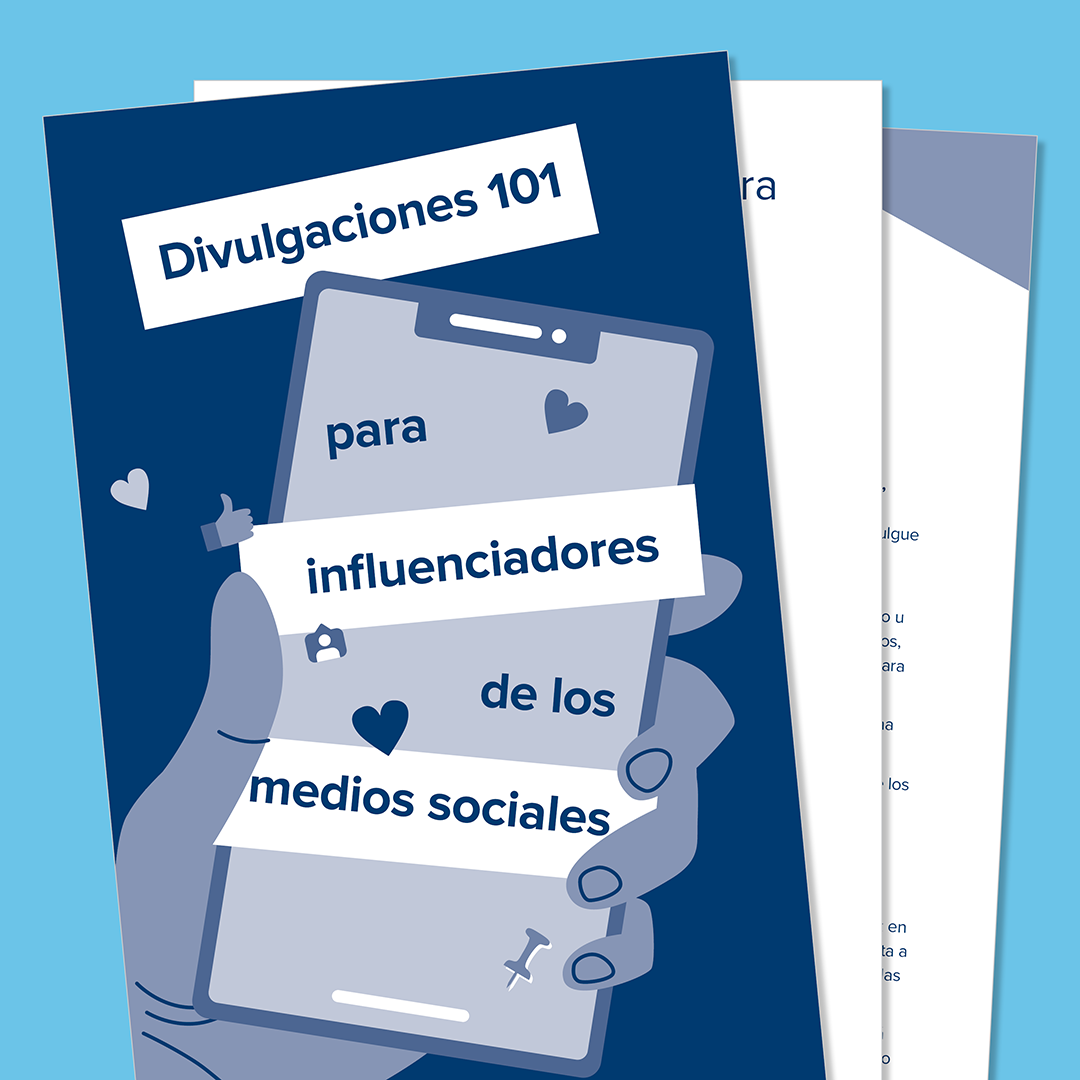 | |||
| |||
Tax Resources for Small BusinessSmall Business and Self-Employed One-Stop ResourceSmall Business Forms & Instructions Small Business Events Small Business Webinars e-File for Businesses and Self-Employed Businesses with Employees Small Business Products Self-Employed Individuals S Corporations Other ResourcesIRS.govFind it Fast! All Forms and Instructions Filing Your Taxes Make a Payment Taxpayer Advocate Service Retirement Plans Tax Information for Charities and Other Non-Profits State Links SSA/IRS Reporter IRS Social Media | e-News for Small Business issue 2020-1Inside This Issue
1. News your employees can use: 2020 tax season for individual filers starts Jan. 27 This year’s tax season will begin for individual tax return filers on Jan. 27, 2020, when the IRS will begin processing 2019 tax year returns. Back to top 2. IRS helps workers, businesses with new Gig Economy Tax Center The gig economy is any activity where people earn income providing on-demand work, services or goods. Often, it’s through a digital platform like an app or website. The IRS has launched a new Gig Economy Tax Center on IRS.gov. There, digital platforms and businesses will find information on classifying workers, reporting payments, and filing taxes for a digital marketplace or business. Workers within the gig economy will find helpful tips and essential forms to accurately manage their taxes. Back to top 3. New year, new Standard Mileage Rates The IRS today issued the 2020 optional standard mileage rates (PDF) used to calculate the deductible costs of operating an automobile for business, charitable, medical or moving purposes. Beginning on Jan. 1, 2020, the standard mileage rates for the use of a car (also vans, pickups or panel trucks) will be:
4. IRS Free File now open Most taxpayers can get an early start on their federal tax returns as IRS Free File – featuring brand-name online tax providers − opens at IRS.gov/freefile for the 2020 tax filing season. For more information, see the IRS 2020 Free File announcement. Back to top 5. Opportunity Zone guidance The IRS recently issued final regulations providing details about investment in qualified opportunity zones (QOZ). The final regulations modified and finalized the proposed regulations issued on Oct. 28, 2018 and May 1, 2019. They provide additional guidance for taxpayers eligible to make an election to temporarily defer the inclusion in gross income of certain eligible gain. Back to top 6. Regulations regarding publicly held corporations The Treasury Department and the IRS issued proposed regulations to reflect changes from the Tax Cuts and Jobs Act (TCJA) on the tax deductibility of officers’ compensation by publicly held corporations. IRS Notice 2018-68 was released on Aug. 21, 2018, providing initial guidance on this deduction limitation. | ||
Contact: Emily Weeks
Phone Number
Email





